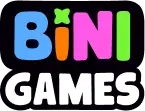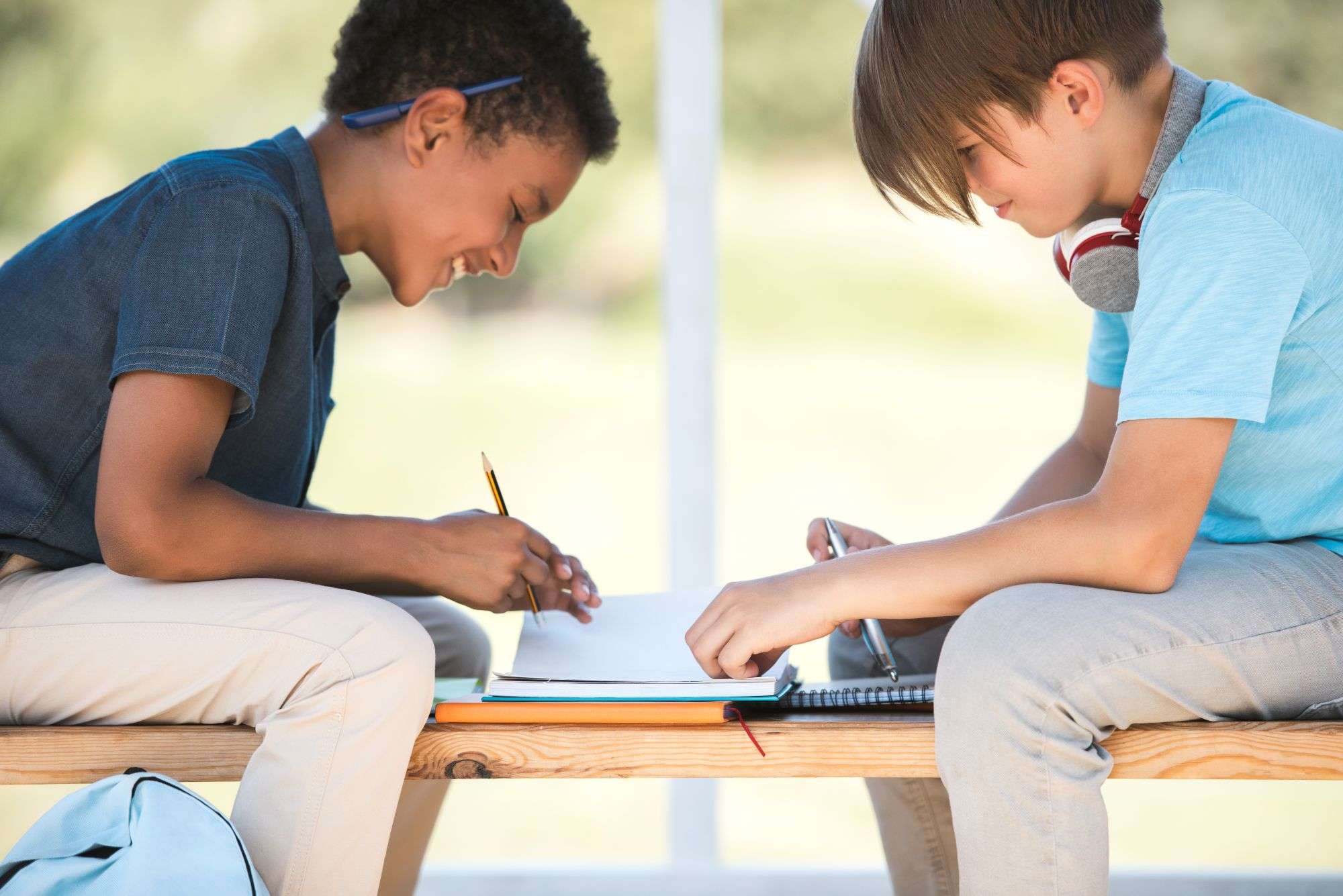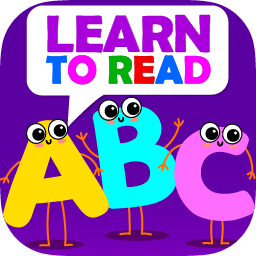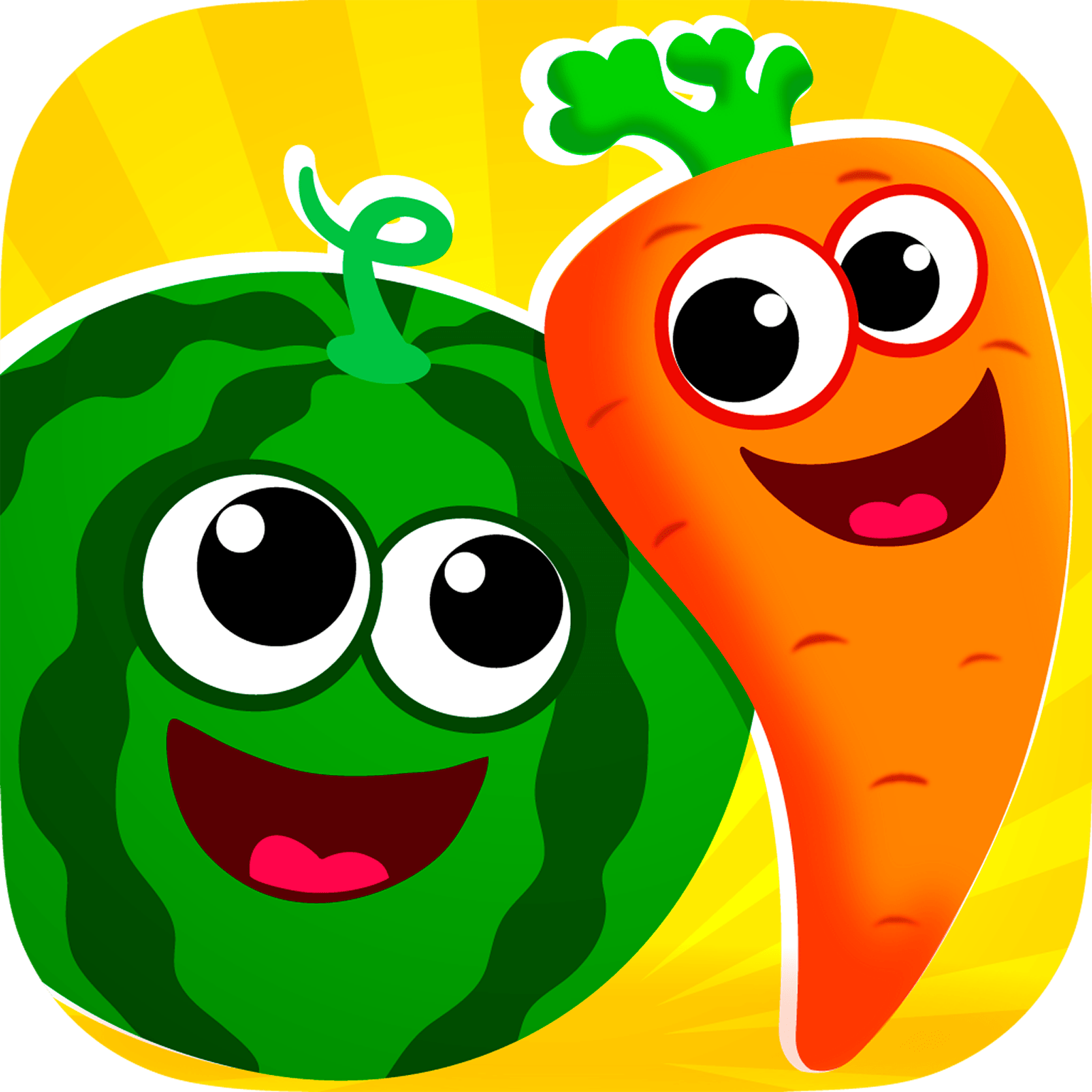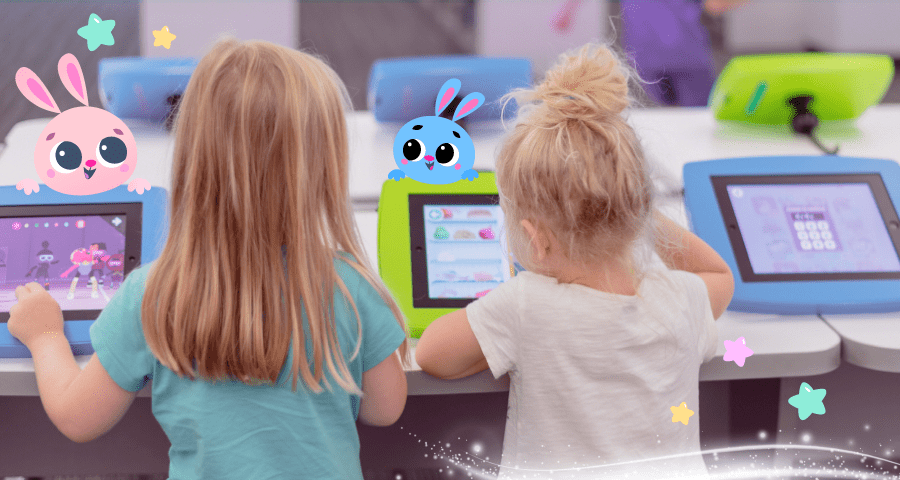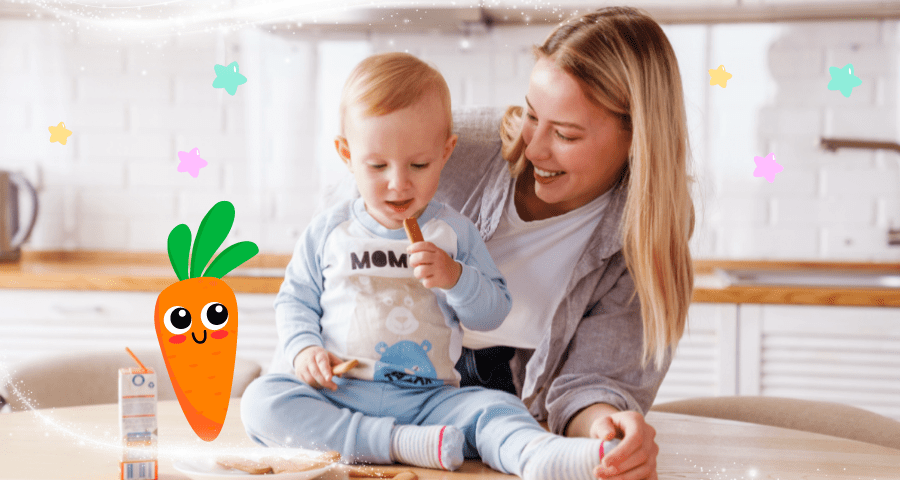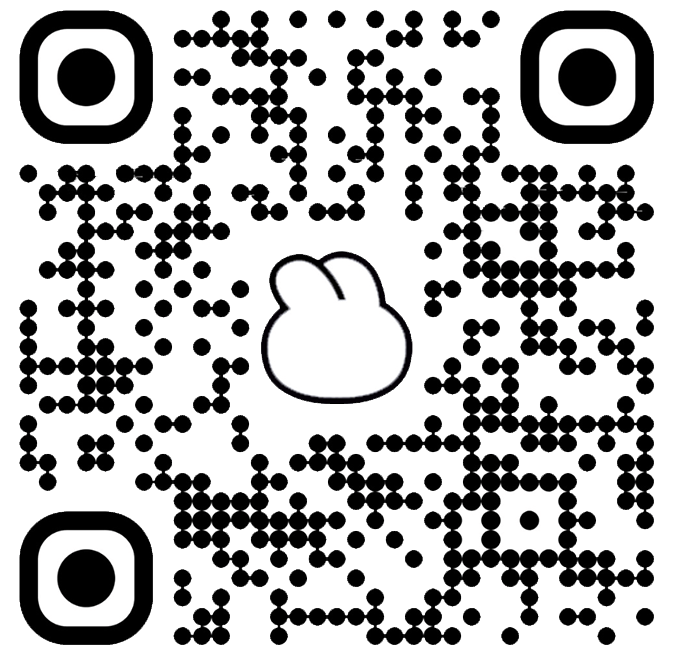We often wonder when and how our little ones will start writing. But writing isn’t just about drawing letters—it’s a mix of many skills like using their hands, focusing, and thinking. These skills grow slowly, and pre-writing activities help children build a strong foundation. The best part? These activities are fun and help kids get ready for writing without them even realizing it!

What Are Writing Activities for Preschoolers?
Writing activities for preschoolers are fun, easy tasks that help your little one get ready to write letters and numbers. These activities are all about helping your kid build important skills, like strengthening their fingers, learning how to control their hands, and being creative—all while having a great time! Think of it as a fun adventure that will get them ready for the big world of writing!
What Skills Do Pre Writing Activities Help Develop?
- Fine motor skills – Helping your preschooler strengthen their fingers and hands to hold pencils and markers. This is like building hand muscles.
- Hand-eye coordination – It’s all about balance. When they’re learning to write, use a computer, or even play games, they’re practicing how their eyes and hands work together.
- Spatial awareness – Helping your kid understand how shapes and lines fit together. Think of this like solving a puzzle. It helps with math, drawing, and organizing things.
- Cognitive skills – These activities give your child’s brain a workout. They’re learning how to remember things, solve problems, and think through tasks, which will help them in school and beyond.
- Creativity and self-expression – Encouraging imagination and artistic fun. When your child draws, colors, or creates, they’re not just having fun—they’re learning how to think outside the box.
These activities aren’t just fun—they’re building the skills that will help your child in school and in everything they do.
Seven Fun Writing Activities for Toddlers
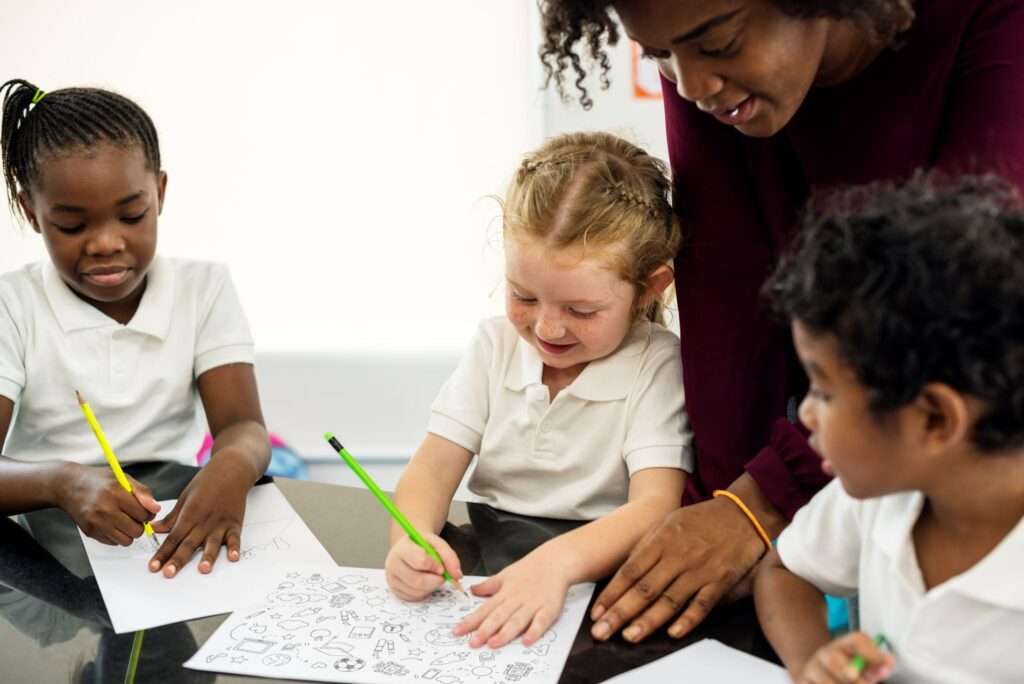
- Drawing with Various Tools
Grab some crayons, markers, or paintbrushes, and let your child paint on paper. You can start by letting them scribble freely. As they get comfortable, guide them to draw simple shapes like circles, lines, or squares. You can also use dry-erase board for easy cleanup.
Parent Ideas:
- “My daughter started with scribbling, and now she’s drawing animals! It’s so fun to see her creativity grow.”
- “Using a whiteboard is awesome because she can erase and try again without wasting paper!”
- “We tried using chalk on the sidewalk, and it turned into a fun outdoor activity!”
- “I gave my son colored pencils and asked him to draw his favorite toy and a rainbow. It kept him busy for hours!”
- Drawing with Fingers on Sand or Shaving Cream
Fill a tray with sand or spread shaving cream on a table. Let your child use their fingers to draw shapes or letters. The feeling of sand or cream is fun, and it helps strengthen their finger muscles and improve hand coordination.
Parent Ideas:
- “We play a guessing game with shaving cream. I draw a letter, and she tries to guess it. It’s both fun and educational!”
- “My son loves using a paintbrush in the sand for an extra challenge!”
- “We added small toys and let him ‘rescue’ them by drawing a path!”
- Writing for Preschoolers: Magnet Games
Write a big letter on a magnetic board or on the fridge. Then, give your child some magnetic letters to match or place on top of the letters you wrote. You can even encourage them to trace over the letters with the magnets.
Parent Ideas:
- “My son loves finding the letters of his name and placing them in order. It’s like a mini treasure hunt!”
- “We made it more fun by turning it into a game where he ‘catches’ letters using a magnetic fishing rod!”
- “We mix in numbers to keep it fresh and fun!”
- “Sometimes, we play ‘missing letter’ where he finds the right letter to complete a word.”
- Molding Shapes with Colored Dough
Give your child colorful playdough and let them shape it into different objects. Start with basic shapes like balls, snakes, or letters. You can use cookie cutters and rolling pins for added fun.
Parent Ideas:
- “My son loves rolling the dough into snakes and turning them into letters. It’s a fun way to practice shapes and letters.”
- “We also make pretend pizzas with playdough. My daughter shapes it into pizza toppings, and we talk about different shapes as we play.”
- “Mixing colors is another fun way to teach about blending and creativity!”
- “We made a ‘bakery’ where my child creates pretend cupcakes and cookies.”
- Assembling Shapes from Geometric Figures
Cut out different shapes (like circles, squares, and triangles) from colored paper or use building blocks. Help your child arrange them into pictures or objects like houses, animals, or even abstract art.
Parent Ideas:
- “We like to create patterns with foam shapes. My daughter gets really creative with new designs every time!”
- “I cut out simple shapes to make a puzzle, and my son loves putting the pieces together to create a picture.”
- “We made a shape train, adding different shapes for each wagon!”
- “Sometimes, we glue shapes on paper to make ‘shape monsters.’”
- Clothespin Game
Give your child a clothespin and some small objects (like pom-poms). Ask them to pick up the items and transfer them from one plate to another using the clothespin. It’s a great way to build hand strength, which is important for writing later on.
Parent Ideas:
- “We turn it into a race to see who can move the most pom-poms in one minute. It’s always a big hit!”
- “Try adding a little movement by having them transfer items while balancing on one foot. It makes it extra fun!”
- “We use mini clothespins to make it more challenging.”
- “Using tweezers instead of clothespins adds variety and improves grip strength!”
- Creating Funny Collages
Give your child paper scraps, fabric pieces, and stickers, and let them glue them together to make a fun collage. If your child is old enough, you can also let them use child-safe scissors to cut out their own shapes and add them to the collage.
Parent Ideas:
- “My daughter loves making self-portraits with cotton for hair and fabric for clothes. It’s a fun way to practice using scissors and glue!”
- “We also do seasonal collages. For example, in the fall, we make leaf collages and talk about what happens during autumn.”
- “We made a ‘family tree’ collage using real leaves and photos!”
- “Adding stickers makes it even more exciting for little hands!”
How Interactive Pre Writing Exercises Help Kids Get Ready for Writing
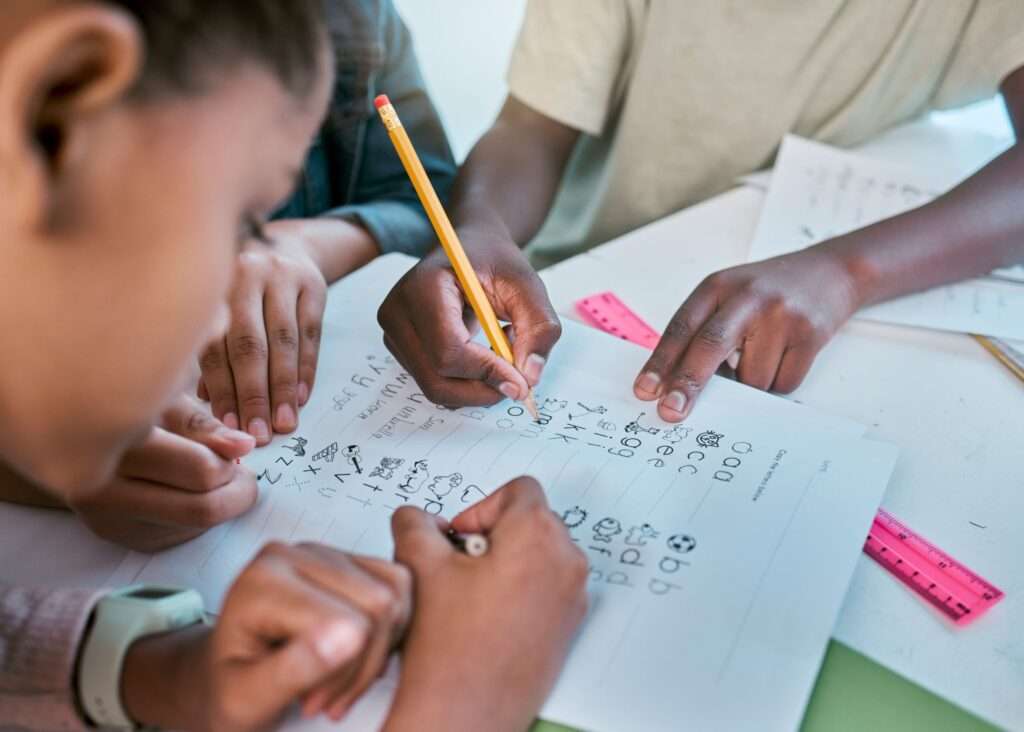
Using interactive games and learning tools can make pre-write practice more exciting. Here’s why they work:
- Learning feels like play, so they stay interested.
- Improves hand-eye coordination and fine motor skills, which kids need for writing.
- Helps children begin to recognize letters and shapes.
- While your child plays and learns, you get a little extra time for yourself.
Works in Any Form – whether it’s digital games, printable worksheets, or hands-on activities, these tools adapt to your child’s learning style.
Prewriting Skills Activities by Bini Games
Bini Games offers educational apps that build essential pre-writing skills through playful, engaging activities. Your little student can draw, recognize letters and numbers, and boost concentration with adorable characters and fun puzzles! By adding these apps to your child’s routine, you give them a head start on writing while keeping learning fun and pressure-free. Explore Bini Games today and make the early writing skill an exciting adventure!
This easy, playful approach helps parents support their child’s development—without stress or frustration!
